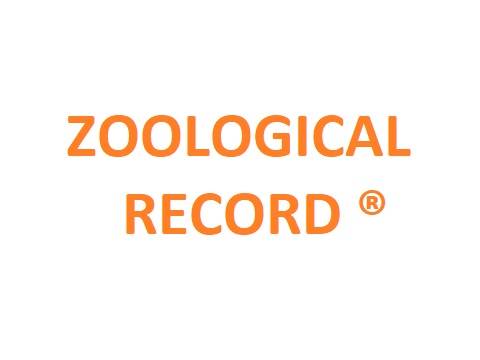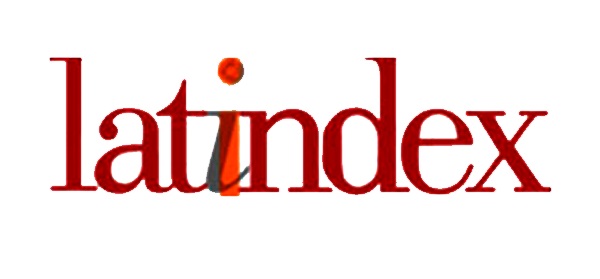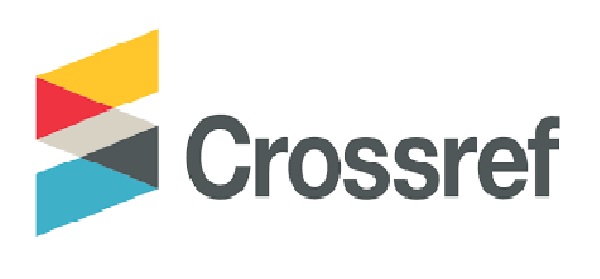PROPOSAL FOR A SHARED CLASSIFICATORY TREE FOR DOBES LANGUAGE DOCUMENTATIONS AND OTHER SOCIO-CULTURAL DATA BASES.
##plugins.themes.bootstrap3.article.main##
Resumen
Palabras clave
Amazon; Indigenous people; data base; socio-cultural classification; Bakhtin / Vološinov
Citas
Bauman, R. 1977. Verbal art as performance. Prospect Heights Il.: Waveland Inc. Press.
Clastres, P. 1974. La société contre l'état. Paris : Les Éditions de Minuit.
Clastres, P. 1980. Recherches d'anthropologie politique. Paris: Seuil.
Descola, Ph. 1988. “La chefferie amérindienne dans l'anthropologie politique”. En: Revue Française de Science Politique 38(5): 818-827.
Gasché, J. 2007. “¿Para qué sirve el concepto de 'sociedad bosquesina'?” In Folia amazónica 16(1- 2): 81-88. Instituto de Investigacioìn de la
Amazoniìa Peruana.
Gasché, J. To appear a: Pas de rhétorique sans musique: Aspects d'une rhétorique “non classique” en Amazonie. Manuscript accepted for publication.
Gasché, J. To appear b: Witoto rhetoric culture. Manuscript accepted for publication.
Gasché, J.; Echeverri, J. A., 2004. “Hacia una sociología de las sociedades bosquesinas”. In: Ochoa Jaramillo D.; Guio Rodriguez C.A.: Control social y coordinación: Un camino hacia la sostenibilidad amazónica. Bogotá: Defensoría del Pueblo, Un i v e rsi d a d Na c i o n a l d e Co l omb i a , Corpoamazonía, Parques Nacionales de Colombia. 165-181.
Gasché, J.; Vela Mendoza, N. 2004. Estudios de incentivos para conservación y uso sostenible de la biodiversidad en bosques de comunidades bosquesinas. IIAP, CIES, Iquitos, Manuscript (in
press as a first volume of Sociedad Bosquesina).
Gasché, J.; Vela Mendoza, N.; Vela Mendoza, J.C.; Babilonia Cáceres, E., 2005. Libertad, dependencia y constreñimiento en las sociedades
bosquesinas amazónicas. ¿Qué significa para los bosquesinos “autonomía”, “ciudadanía” y “democracia? IIAP, CONCYTEC, Iquitos, Manuscript (in press as a second volume of Sociedad Bosquesina).
Gumperz, J. J., Hymes, D. (eds.) 1964: The ethnography of communication. (= Special issue of American Anthropologist 66(6), II).
Gumperz, J. J., Hymes, D. (eds.) 1972. Directions in sociolinguistics: the ethnology of communication. New York: Holt, Rinehart and Winston.
Holzkamp, K. 1985. Grundlegung der Psychologie. Frankfurt/New York: Campus Verlag.
H o l z k a m p , K . 1 9 9 5 . L e r n e n . Subjektwissenschaftliche Grundlegung. Frankfurt/New York: Campus Verlag.
Holzkamp, K. 1997-2006. Schriften I, II, III. Berlin: Argument Verlag.
Hymes, D. 1962: “The ethnography of speaking.” In: T. Gladwin, W. C. Sturtevant (eds.): Anthropology and human behavior. 13-53. Washington, D.C.: The Anthropological Society of Washington
Hymes, D. 1981. In vain I tried to tell you: Essays in native American ethnopoetics. Philadelphia: University of Pennsylavania Press.
Jacobson, R. 1960: “Closing statements: linguistics and poetics.” In: T. A. Sebeok (ed.): Style in language. Cambridge, Mass.: M.I.T. Press. 350 73.
Kennedy, G. A. 1998. Comparative Rhetoric. An historical and cross-cultural introduction. New York, Oxford: Oxford University Press.
Leontiev, A. N. 1984. Actividad, conciencia y personalidad. México: Editorial Cartago.
Leontiev, A. 1984. Activité, conscience, personnalité. Moscou: Éditions du Progrès.
Lévi-Strauss, C. 1944. “The social and psychological aspects of chieftainship in a primitive society : The Nambikwara.” Transactions of the New York Academy of Sciences 2(7/1).
Lévi-Strauss, C. 1967: Structural Anthropology. New York: Basic Books.
Santos-Granero, F. 1986. “Power, ideology and the ritual of production in Lowland South America”. In: Man 21(4): 657-79.
Seifart, F. 2008. “On the representativeness of language documentations”. In Language Documentation and Description 5: 60-76.
Seifart, F., Fagua, D., Gasché, J. & Echeverri, J. A. (eds.). 2009: A multimedia documentation of the languages of the People of the Center. Online publication of transcribed and translated Bora, Ocaina, Nonuya, Resígaro, and Witoto audio and video recordings with linguistic and
ethnographic annotations and descriptions.
Nijmegen, DOBES-MPI. Sherzer, J. 1990. Verbal art in San Blas: Kuna culture through its discourse. Cambridge: Cambridge
University Press.
Sherzer, J., Urban, G. (eds.) 1986. Native South American discourse. Berlin: Mouton and de Gruyter.
Sherzer, J., Woodbury, A. (eds.) 1987. Native American discourse: poetics and rhetoric. Cambridge: Cambridge University Press.
Todorov, Tz. 1981. Mikhaïl Bakhtine, le principe dialogique, suivi de: Écrits du Cercle de Bakhtine. Paris: Éditions du Seuil.
Urban, G. 1991. A discourse-centered approach to culture: Native South American myths and rituals.Austin: University of Texas Press.
Vološinov V. N. 2010. Marxisme et philosophie du langage. Les problèmes fondamentaux de la méthode sociologique dans la science du
langage. Nouvelle édition bilingue traduite du russe par Patrick Sériot et Inna TylkowskiAgeeva . Limoges, Lambert-Lucas.







